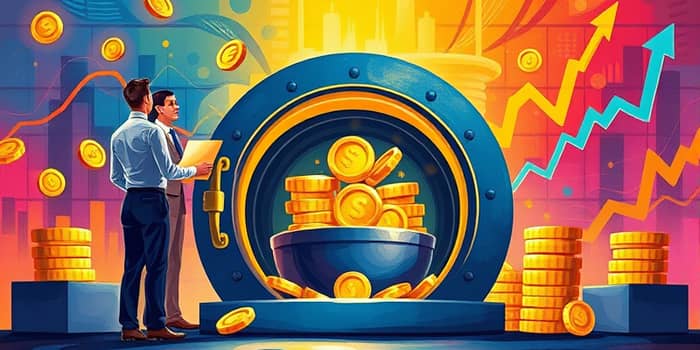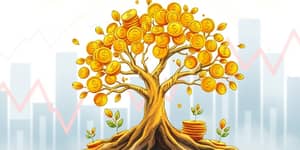
Corporate buybacks have become a defining feature of modern capital management. Between signaling management confidence and reshaping key metrics, share repurchase programs influence investor sentiment and market behavior. This article dives deep into the mechanics and outcomes of buybacks, analyzing how they affect supply, demand, liquidity, volatility, and the enduring question of whether they create value or simply redistribute it.
We will explore statistical research, practical examples, and diverse viewpoints—from proponents citing efficiency gains to critics warning of financial engineering. By the end, readers will gain a nuanced understanding of buyback strategies and practical insights for interpreting announcements in their own portfolios.
A stock buyback, also called a share repurchase, occurs when a company uses cash or debt to purchase its own shares on the open market. This action reduces the number of shares outstanding and reallocates capital directly to shareholders without issuing dividends.
By decrease the supply of shares, buybacks aim to realign share count with corporate earnings and signal management’s confidence in the firm’s future prospects.
When a firm repurchases its own shares, the immediate consequence is a shift in supply and demand. With fewer shares available, prices can rise, assuming demand holds steady or grows.
Consider a company repurchasing one million shares at $15 each. Spending $15 million reduces shares outstanding from 10 million to nine million. With identical net earnings, earnings per share (EPS) jumps by roughly 11% purely through share count reduction.
It is crucial to remember that these shifts represent artificially inflate key financial ratios rather than new value creation, serving more as a redistribution of existing financial outcomes.
Extensive research covering over 10,000 U.S. companies between 2004 and 2021 finds that buybacks can mitigate price swings in turmoil by providing consistent repurchase activity during periods of uncertainty.
Key findings reveal increased liquidity lowers transaction costs, especially benefiting retail investors.
They also show reduced realized and anticipated volatility, which stabilizes share prices during turbulence.
Finally, repurchase activity often surges in times of policy upheaval or market stress, providing a stabilizing force.
Moreover, annual reductions in share count of just 2–3% can compound annualized returns by a similar margin over the long term, delivering enhanced long-term shareholder value.
Share repurchases offer distinct advantages relative to dividends. They provide tax advantages over dividends because shareholders defer tax liability until sale and can control the timing of gains.
However, funding buybacks with debt can constrain a firm’s balance sheet, limiting flexibility for capital expenditures or research and development. These dynamics fuel policy debates around inequality and sustainable capital allocation.
Investors evaluating a buyback announcement should consider several factors, including valuation, funding source, and program scale relative to market capitalization.
First, assess whether the company is repurchasing shares at a valuation below intrinsic estimates. Timing repurchases when the stock is undervalued can signal management’s positive outlook and deliver potential long-term gains.
Second, scrutinize the funding source. Buybacks financed by surging debt may inflate ratios today but could strain cash flow in future downturns.
Third, compare the buyback yield—the annual repurchase amount relative to market capitalization—against dividend yield and peer averages to gauge the program’s scale and ambition.
Stock buybacks occupy a complex place in corporate finance. While they can boost earnings per share metrics and support stock prices in the short term, they also raise questions about capital allocation priorities and long-term value creation.
Ultimately, buybacks represent a strategic tool. When deployed judiciously, they can enhance returns and stabilize markets. When overused or mispriced, they risk diverting funds from productive investment and exacerbating inequality. Investors who understand these nuances can make more informed decisions and navigate the market with greater confidence.
References













